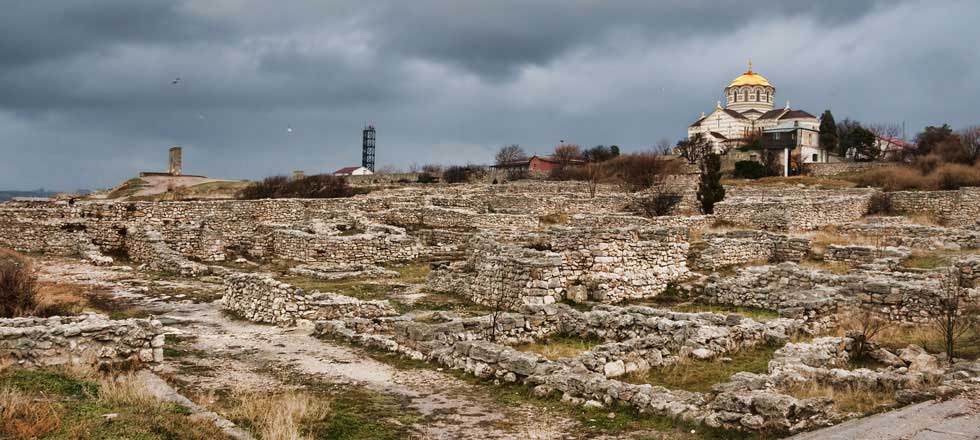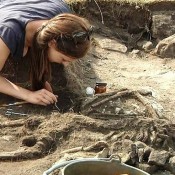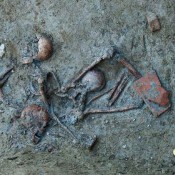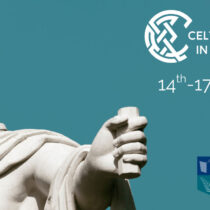The Tauric Chersonese is an ancient Greek colony on the Crimean peninsula, which was founded by settlers at the end of the 6th century BC in order to supply their homeland, Greece, with grain and other strategic resources. The farmland in the Greek colonies was vital to the survival of the Greek city-states. Aarhus University archaeologists are carrying out excavations to explore the development of the rural area from its peak until its decline.
One of the conclusions of the scientists so far is that in the early 3rd century BC during a period of crisis a large proportion of the rural population was killed following a military invasion. The skeletons of these people can be found just 40 cm beneath the surface of the soil in a number of housing structures which the Aarhus archaeologists have excavated.
The Western Crimean Archaeological Project director Vladimir Stolba said that he and his colleagues have learned things that have changed their view of what life was like in the Chersonesean countryside, which the Greeks called chora. “The city’s rural territory, particularly on the Herakleian and Tarkhankut peninsulas, is incredibly well preserved. The houses of the rural population dating back to about 300 BC lie dotted around the untouched landscape in the form of ruins that are still visible. For instance, in one of the excavated ruins we have found the remains of a whole family. So we’re working on a murder scene dating back 2,300 years,” Stolba explained.
UNESCO world heritage site
The ancient city of Tauric Chersonese and its Chora have just been inscribed to UNESCO’s list of world heritage sites – as an “outstanding example of democratic land organization linked to an ancient polis, reflecting the city’s social organization”.
“We’ve had several teams of students from Denmark and the host country Ukraine on our expeditions. It’s been a great experience and very fruitful collaboration. We are in a lucky and, in a sense, unique situation to work on short-lived rural sites which have never been re-inhabited since their destruction in the early 3rd century BC.
“The picture that emerges from the excavations is a snapshot of daily activities of the ancient peasantry, of its life and dramatic death. We’ve found answers to many of our research questions: for instance, who cultivated the Greek grain fields, how densely the area was settled and how it was organised, and how the ancient population adapted to changes in cultural and natural environment.
“The answers have given rise to new questions that we want to explore next. The world heritage status will hopefully help to preserve this unique area despite the increase in tourism and tourism infrastructure development, enabling us to continue our work,” concludes Vladimir Stolba.



